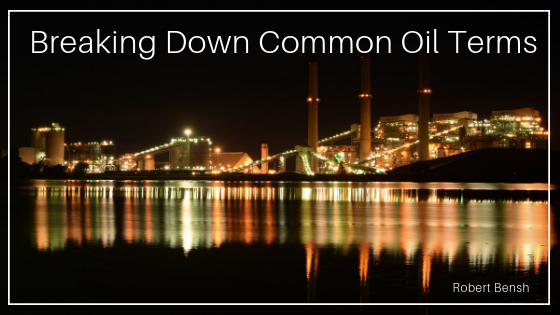The oil and gas industry can be a complex one to understand. The technical jargon alone is enough to challenge anyone not directly involved in the field. Add to that industry-specific terminology related to financing and the markets, and the entire industry seems shrouded in mystery. To help alleviate some of the confusion, I’ve created this brief guide to some of the most-used oil industry terms.
For retention purposes, I’ve broken the terminology down into series of semi-related terms. This article, part one of the series, addresses some of the terms most referenced to or by the general public.
Upstream – The parts of the oil and gas industry that relate to finding and producing crude oil and natural gas. It is also referred to as the E&P, or Exploration and Production, sector.
Midstream – The parts of the oil and gas industry responsible for the transport, processing, storage, and marketing of the products collected in the Upstream sector.
Downstream – The parts of the oil and gas industry that refine and distribute products for use in mainstream markets.
Directional Drilling – The practice of drilling wells that are slanted as opposed to vertical.
Dry Hole – A well that has been completed, but does not produce any oil or gas, or enough oil or gas to warrant payment.
Equivalent Barrels – Officially defined as “the quantities of natural gas or natural gas liquids translated into barrels of oil based on energy content.” One barrel of oil is equivalent to the energy content of six (6) thousand cubic feet of gas.
Horizontal Drilling – The practice of turning the drill bit horizontally in order to mine hydrocarbons from several different locations all located at the same depth.
LNG – Liquified Natural Gas. The state of gas best-suited for storage and transportation.
Probable Reserves – An estimation of reserve quantities based on geology, similar reservoirs, and seismic data.
Proven Reserves – Oil that has not yet been removed from the ground, but that has been proven to exist.
Proration – The practice of restricting oil production, usually as a response to market demand, by a state regulatory commission.
Refinery – The facility responsible for changing the characteristics of petroleum or petroleum products.
Rig – The combination of equipment and structures used to drill a well, of which the most common components are the derrick, engine, and engine house.
